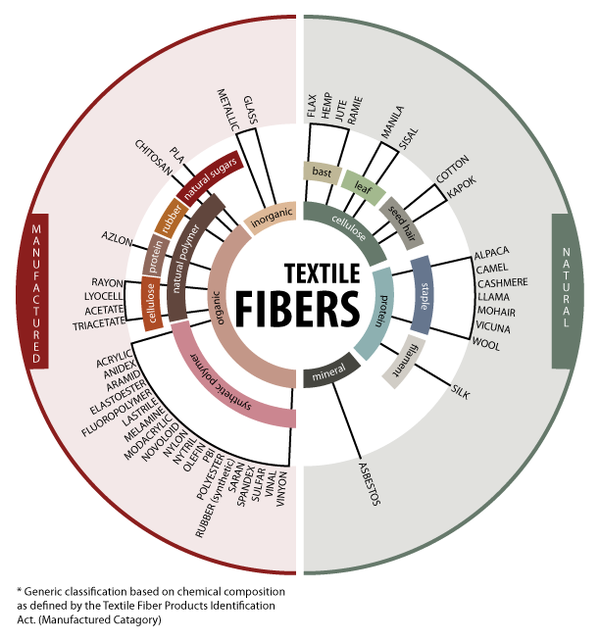- Qinsun Instruments Co., Ltd.
- Tell:+86-21-6780 0179
- Phone:+86-17740808215
- Address:No. 2578 Minhang District Gu Dai Road, Shanghai
- Contact:Mr. Li
- QQ:846490659
Selection guide for gas chromatographs

Selection guide:
1. The situation of the analyzed sample
Can the composition and state of the sample itself be analyzed directly using a gas chromatograph, whether it is in a gaseous, liquid, solid, or mixed state?
Is the tested component thermally unstable, prone to decomposition, or prone to catalytic reactions. Will changes in time, temperature, pressure, etc. cause changes in the measured components;
Is there any smoke, suspended solids, high Buddha point components, or corrosive components in the sample. Consider how to collect samples and how to preprocess them;
Is the sample source easy to obtain? Allowing the consumption of samples is beneficial for selecting the injection method;
The components that do not require analysis and the approximate concentration range;
The number of times samples need to be analyzed per day, and the interval between two analyses;
2. What is the purpose of the analysis?
(1) Conduct qualitative analysis: Is there a standard substance for the analyzed component known or unknown?
⑵ Quantitative analysis: within which range - constant (10-1 `~10-3); Semi trace amounts (10-3-10-5); Trace amounts (10-5-10-7); Trace (10-6~10-9) or ultra trace (≤ 10-9)
⑶ Quantitative accuracy and analytical accuracy, if it is semi quantitative, the requirements are much simpler.
3. Positioning of the purchasing unit:
⑴ Research institutes - high requirements;
⑵ Monitoring and analysis center - accurate and reliable;
⑶ On site analysis of the line - repeated reproduction;
4. In theory, multiple instrument analysis methods may be used for the same sample. The reasons for choosing a gas chromatograph for analysis are listed by comparing the performance/price ratio, operating characteristics, and maintenance services of the instrument.
5. Consult and search for national standards, industry standards, enterprise standards, or relevant foreign reference materials for the analyzed samples. If so, the standard will provide the functional and technical requirements for the instrument to be used in general situations.
6. Is there any analyst around our workplace who produces similar samples? If there is, it will be directly helpful for selecting and establishing chromatographic analysis methods in the future;
7. Collect samples and data of various types of gas chromatographs (including attachments) to prepare for the final selection;





